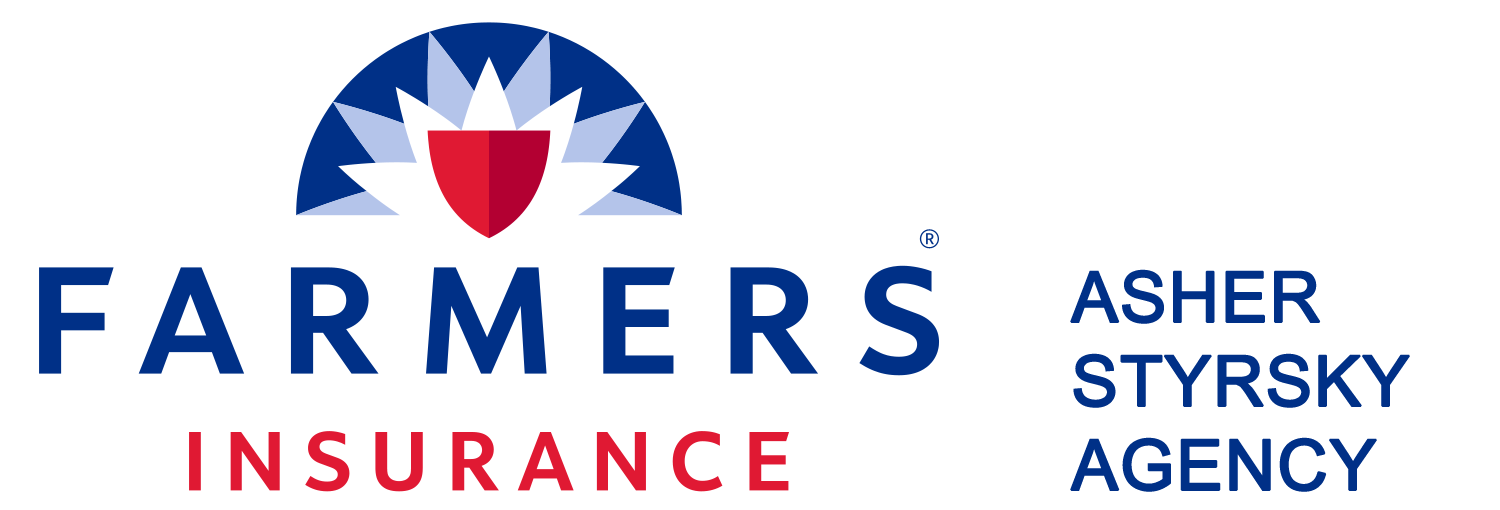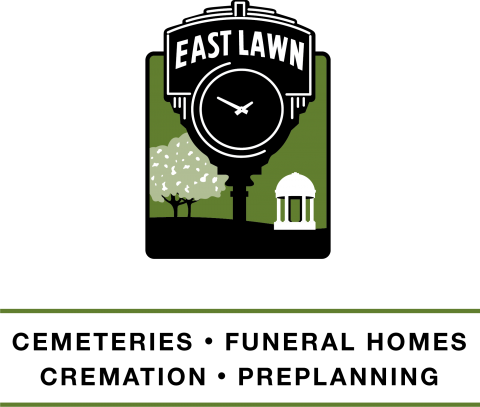Subscribe to our Newsletter!
 East Sacramento Preservation
East Sacramento Preservation- Make a Date to Help the Tree Canopy 01/06/2025
- Insist on Trees (First published in 2015) 12/14/2024
- Busy Weekend in McKinley Park: Volunteers Needed 12/12/2024
- Report Your Road Safety Concerns 11/12/2024
- Urban Trees and Green Space – Health Benefits 08/20/2024
Tag Archives: city of sacramento
East Sacramento Preservation Essayist, Pat Lynch, Considers the DEIR
The EIR Gospel
by Pat Lynch
The EIR. It’s big as a Bible and every bit as mythical. It stands for Environmental
Impact Report (though some think it means Errors Implanted Relentlessly) and is
commissioned by developers to help them sail through a largely ceremonial city
process that purports to assess the worth of their projects.
The first stage in the EIR process is the NOP (Notice of Preparation). The NOP is
supposed to give you a chance to raise concerns that will be routinely dismissed by
the developer and his acolytes. Add an E to NOP and you have NOPE which is the
answer you will get to your requests and allegations.
For example, some of us asked the developer of the proposed McKinley Village (McVillage) to add two way car access to the Alhambra Street bike/pedestrian exit that would relieve our streets of traffic invasion. “Not economically feasible” he said. Later, after many more voices were added to this request, he changed his answer to “not technically feasible.” Aha. What before was too expensive had now become physically impossible. Whosoever seriously believes this must change the N in NOPE to a D (DOPE) because lo, you have become one.
After this comes the DEIR, or Draft EIR, more aptly called the DAFT EIR. Anyway,
the current McVillage Daft EIR is riddled with illogic and absurdities but quoted with
stubborn reverence as Truth. For the developer, it’s holy writ. But let’s look at one
of the proclamations they expect us to accept by faith alone. It’s that a “Traffic
Study” has determined that 3, 500 more cars a day invading quiet East Sacramento
streets will be of “insignificant impact.” But this traffic “study” is a driver-centric
sham that counts only the number of times a driver pauses. It doesn’t ‘study’ or
even consider the impact auto traffic has on residents—exhaust pollution,
pedestrian safety risks, and the inevitable erosion of neighborhood character.
Who composes these EIRs that smooth the way for injurious projects? In the
present case it is Dudek, a consulting firm hired by the developer. Dudek says it
stays “focused on moving projects methodically through planning, analysis,
development and implementation.” Pro-project, paid by the developer, avowedly on
his side, these hired high priests write the EIR. How, in view of this, can any sane
person regard that document as a tome of objectivity? But people do. Naturally the
developer quotes it chapter and verse. Some City Council members say they believe
it. Other people believe it because they want to believe it. Never mind that it is a
preposterous concoction of falsehoods, believers have faith so as to move
mountains, or blast holes in your levee and funnel traffic down your street.
In keeping with a ritualistic pretense at democracy we are permitted to comment
on the Daft EIR and our objections and other heresies will be noted in the sacred
text of the final document. But noted does not mean ameliorated. Most of our
comments will be dismissed with technical verbiage employed to disguise magical
thinking. And what of those neighbors who object to the process itself, to its
stacked-deck unfairness and slippery relationship with truth—will they be blessed
with more balanced and accurate procedures in the future? No. Nor will their
elected representatives heed them and mend the process. Why? Because, behold,
neighbors giveth not great sums to their representatives. And you have only to look
at the public record to see that developers make donations of ‘significant impact’ to
city politicians.
None of this is news, of course. The EIR is largely a work of fiction, its traffic
study a creepy fraud, its authors for hire. How can neighbors defend against such a
set-up? In the case of McVillage, ECOS (the Environmental Council of Sacramento) and
Physicians for Social Responsibility have joined multiple neighborhood and
environmental groups to oppose the conclusions of the Daft EIR. Will that matter?
Will the developer and his EIR employees accommodate the wishes of those who
live here?
Imagine having truly objective and trustworthy analysts. Monks, say.
Incorruptible, environmentally educated Buddhist sages from a remote monastery,
paid not by the developer, or the neighbors, or the politicians, but from a purity
fund to which all contribute an identical amount? Now that might produce a study
we could respect. You can look for this when they plug in the snow-blowers in Hell.
Meanwhile go to the McVillage site itself, that bowl of land between the railroad and
freeway. Look around. Imagine the place crammed with giant suburban houses with
at least two cars per house. Visualize those cars charging down your street. Every
day. Every night. You can see the snarling nightmare now. But wait. The EIR says it’s
“insignificant.”
Ultimately everything comes to this: what do you believe: the EIR or your lying
eyes?
Posted in Uncategorized
Tagged Angelides, calming traffic, city of sacramento, DEIR, East Sacramento, East Sacramento Neighborhood Associations, East Sacramento Preservation, EIR, Environmental Impact Report, McKinley Village, meagan garcia norris, NOP, Notice of Preparation, riverview capital investments, Smart Growth, Steve Cohn, traffic calming, Traffic Study, train
1 Comment
McKinley Village Sacramento: Questions with Truthful Answers
 What will McKinley Village be like?
What will McKinley Village be like?
If it is built, it will be a car-centric replica of suburbia squeezed between a railroad and a freeway. It will consist of large houses on streets with virtually no retail, no transit or shuttle service to bus lines, and will daily funnel thousands of cars into East Sacramento.
What is its size and what kind of homes will there be?
If built, it will occupy 49 acres with 328 single-family detached houses. The plan ranges from 1,300 square feet houses with 3 bedrooms and 2.5 baths to 3,100 square feet houses with 5 bedrooms and 4 baths. Plainly, the plans create a heavily populated project.
What will be the traffic impact on East Sacramento?
McKinley Village drivers will exit through a tunnel blasted through our secondary levee at C Street between 40th and Tivoli Way. This car influx will transform quiet East Sacramento streets into traffic clotted thoroughfares. It will imperil the safety of pedestrians, greatly increase our auto exhaust pollution, decrease home values and erode the neighborhood fabric.
Is McKinley Village consistent with City plans?
No. The developer argues that it is, mostly because it “adheres to the region’s blueprint to reduce vehicle miles traveled and improve air quality.” Instead, and ironically, it worsens air quality, both in the proposed site itself and in East Sacramento, where residents exposed to McKinley Village car exhaust and other traffic hazards will experience collateral damage.
How does McKinley Village worsen air quality?
Proposed residents will live in a bowl-like location between the freeway and railroad tracks. Combined diesel and auto exhaust will significantly contaminate the air they breathe, so much so that Physicians for Social Responsibility have issued a letter expressing grave concerns about the proposed project’s air quality. To mitigate some of the hazard the developer plans to install a HEPA (High-Efficiency Particulate Absorption) filter in every house. But HEPA filters will not improve air outdoors, nor will they aid East Sacramentans who will bear the brunt of McKinley Village traffic exhaust.
What are the project’s environmental impacts?
As previously mentioned, the project will have a negative impact on air quality, both in the project itself and in nearby neighborhoods afflicted with its traffic. The developer refers to the project’s Draft Environment Impact Report which claims “less than significant environmental impacts,” but the report bases its assessment on defective models. For example, the traffic study uses an outdated, faulty, driver-centric instrument that does not consider traffic impact on residents, but evaluates only how often drivers are forced to slow down in their progress. This “traffic study” does not “study” or even consider traffic impacts on nearby neighborhoods, residents, or pedestrians. Safety is not a concern. Health is not a concern. The sole concern is driver convenience. It is absurd to predicate an assessment on such a narrow focus. Yet the developer touts this as validation.
If McKinley Village is not built, what could be built on the site?
The developer frequently asks this question in an unsubtle effort to suggest that his project is the best we will get. But there are numerous other possibilities, among them a nature reserve, a solar farm, a community Soil Born type farm with an educational component, a park, a light industrial project. Even a lower density, better planned development, similar to the plan for homes on the Sutter Memorial site, would be preferred.
Why does the project propose to funnel East Sacramento traffic only on to C Street between 40th and Tivoli and not add a second access at Alhambra Boulevard?
The developer presently claims that technical and engineering problems prevent the Alhambra solution. But in several earlier meetings he declared openly that this solution was “not economically feasible.” That is, it would cut too heavily into his very substantial potential profit. The Alhambra option is real. In an editorial the Sacramento Bee declared it worth studying. Freeway access is not a pipe dream. The previous Centrage developer said he had in his hands plans for the off-ramp and a city permit. It would alleviate the ruinous traffic invasion of East Sacramento. It may cost the developer more, but that is the price paid for not destroying classic, fragile neighborhoods that add great value to the city. Responsible development would undertake the Alhambra exit.
What about flooding?
The developer falsely claimed that, “McKinley Village will have the same level of protection as East Sacramento, Midtown and Downtown.” But McKinley Village would actually be a flood rescue site, like River Park. The project would puncture two holes into our secondary levee, increasing flood threat to East Sacramento. The developer states that the Union Pacific Railroad embankment is “not a certified levee.” But, “certified” or not, that embankment has given Sacramento years of flood protection as a secondary levee. A levee system is only as strong as its weakest points: the floodgates (which must be operated manually). Adding the proposed two additional breaches (at Alhambra and 40th Street) will greatly degrade the system’s flood control performance.
How will the project affect local schools?
The developer says “there is capacity at local schools to accommodate students from McKinley Village.” But the fact is that students pouring in from McKinley Village will crowd Theodore Judah, the public school in direct line of impact, absorbing classroom space and forcing detrimental changes. Programs that use classroom space, like Science, Computer Lab, Library and Music, may be cut back or eliminated altogether. The space and facilities provided for Special Education students, a vulnerable population, will be at risk. The school would have to be expanded to absorb the McKinley Village influx, and without developer-provided special busses, 576 more car trips would clog East Sacramento streets. It should be noted that Theodore Judah will also be expected to accommodate the student population increase from the neighborhood-approved Stonebridge development at the Sutter Memorial site.
Who opposes McKinley Village as planned?
ECOS (the Environmental Council of Sacramento) has concerns about the current plan and its environmental impact, Physicians For Social Responsibility have issued a letter expressing “grave concern” about air contaminants in McKinley Village. More than 1000 East Sacramento residents have signed a petition opposing the project. Former City Councilman, Terry Kastanis, strongly opposes the project as do the following established groups: East Sacramento Preservation Neighborhood Association, Boulevard Park Neighborhood Association, I Love East Sac action group, Neighbors United for Smart Growth, Friends of the Riverbank, Friends of Sutter’s Landing, Friends of the Swainson’s Hawk, and Save the American River Association. Additionally, during the comment period for the Draft Environment Impact Report, the City of Sacramento received 100s of comments and questions, more than most projects ever receive at the City Planning Department. As it becomes more and more clear that the developer has no intention of altering his plan to help traffic congestion, air pollution or flood concerns, opposition to the McKinley Village project will continue to grow.
Are our elected representatives helping the neighborhoods?
The city council vote on the McKinley Village project will make clear which of our elected officials truly represent the citizens and support neighborhood services. We urge you to contact your representative to express your concerns about this project.
District 3–Steve Cohn, 915 I Street, Sacramento, 95814, SCohn@cityofsacramento.org (916) 808-7003
This Q&A is made possible by East Sacramento Preservation, Inc. East Sacramento Preservation is opposed to the project as proposed. We hope the developer will work with the neighborhood to create a better proposal. www.eastsacpreservation.org
Posted in Essays
Tagged Angelides, calming traffic, city of sacramento, East Sacramento, East Sacramento Neighborhood Associations, East Sacramento Preservation, McKinley Village, meagan garcia norris, planning commission, rail, rail way, rail yard, railyard, riverview capital investments, Sacramento, Smart Growth, Steve Cohn, tina thomas, traffic, traffic calming, Traffic Study, train
Comments Off on McKinley Village Sacramento: Questions with Truthful Answers
















 Subscribe In A Reader.
Subscribe In A Reader. Check Us Out On Facebook!
Check Us Out On Facebook! Check Us Out On Twitter!
Check Us Out On Twitter! Visit Nextdoor!
Visit Nextdoor!








